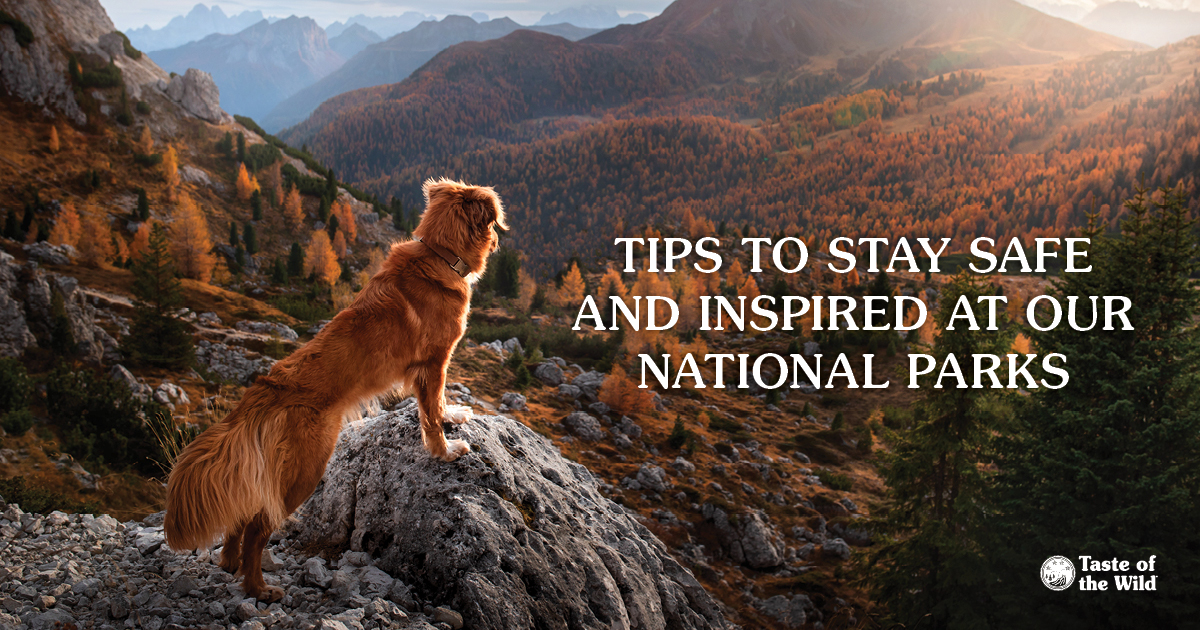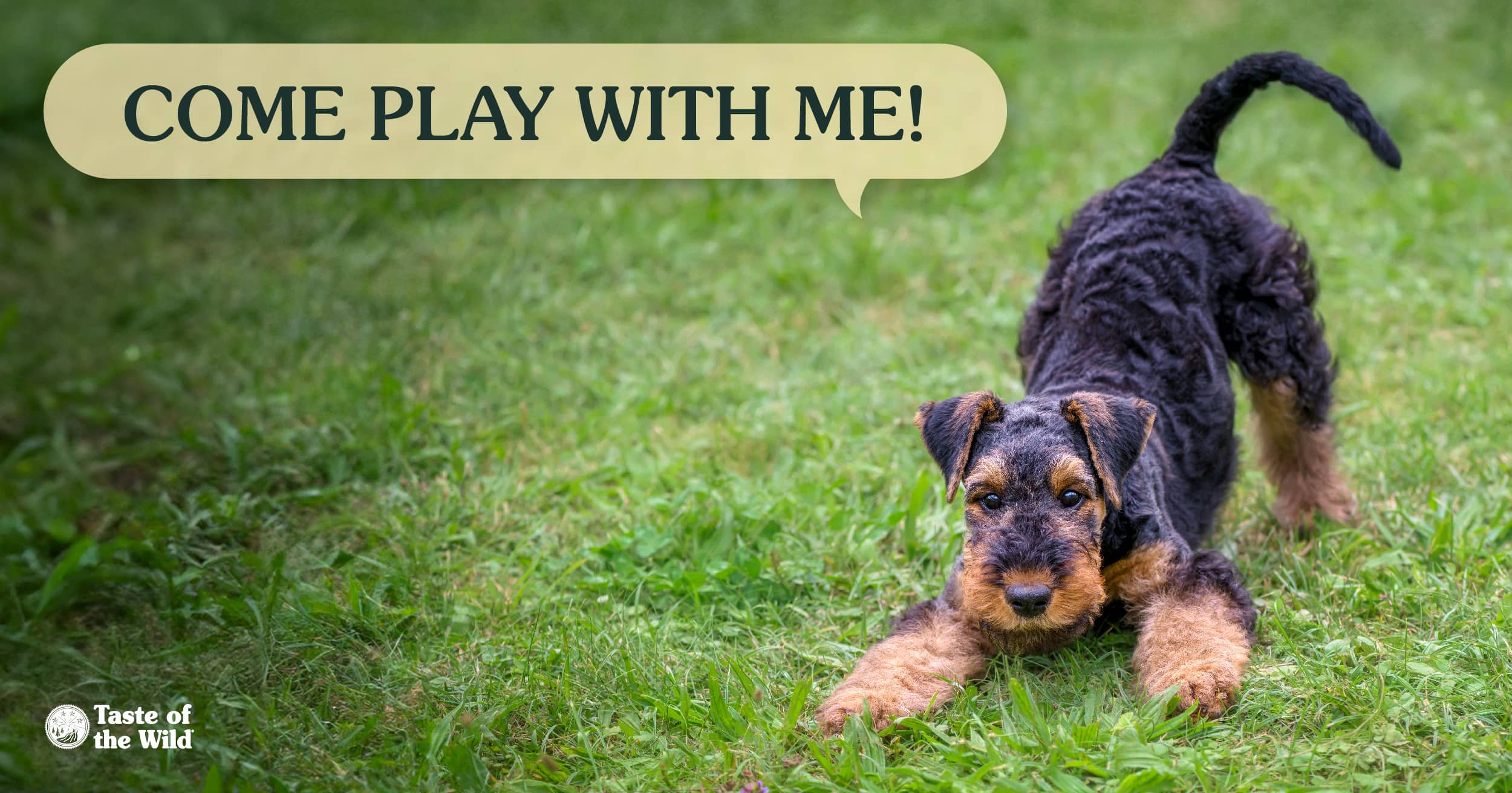Adventures in the Wild: Proper PETiquette in National Parks
Thursday, September 16, 2021 | Training & Behavior

There’s nothing like exploring a national park, with miles of pristine, picture-postcard wilderness, to jump-start your soul. It’s where Wi-Fi and texts are replaced by majestic geysers and the cries of red-tailed hawks. Of course, who better to nap in the tent with than your canine companion?
If you plan on taking your pet to a national park, here are some etiquette tips to help keep this wilderness awe-inspiring for everyone.
Before you go
- Research the park. The areas where dogs are allowed can vary from park to park. In most national parks, pets are allowed in developed areas, on some (but not all) trails and campsites and even in some lodges. Start your research by learning which parks admit dogs, but also look up the rules for the park you plan to visit. Certified service animals, but not emotional support animals, are allowed in most places in the parks.
- Make sure your dog is current on vaccinations and parasite preventives. This not only helps protect your dog, but other dogs he or she might encounter, as well. (Pack your dog’s vaccination history, as it may be required along the way.) Also, make sure your dog doesn’t have any underlying health conditions that would make it difficult to be out on hikes or swims in the park.
- Think twice if your dog is in heat or not neutered. Since there’s a good chance your dog will meet up with other dogs, this may cause a commotion, if not a fight. Consider leaving your dog at home in this case. Same goes for young puppies under 16 weeks of age; if they haven’t received their full course of puppy vaccinations, exposing them to other dogs could put them at risk of serious illness.
- Brush up on obedience commands before you leave. Commands such as “leave it,” “drop it” and “come” can be lifesaving when you’re in a wilderness area with your dog. A well-behaved dog is also respectful of other people and pets in the area.
- Make sure your pet’s identification information is current. Check that your microchip company has your current contact information, and update your dog’s ID tags as needed. If you’re going to camp, consider making a temporary tag that includes your campsite information. Better yet, consider a collar with GPS tracking so you have a better chance of finding your dog if it slips away. If your dog is lost, contact the park ranger immediately.
On your park visit
- Don’t take your dog into restricted areas. Some parks don’t allow dogs on certain trails if they might disrupt hikers and native wildlife or if they may attract predators such as bears and coyotes. If you plan to hike without your dog, check out Rover.com and DogVacay.com to find nearby pet sitters or kennels that can care for your pet while you’re out.
- Always keep your dog on a leash no longer than 6 feet. Some parks prohibit retractable leashes that can extend beyond this length because they reduce the control the owner has over the dog. A shorter leash helps prevent your dog from being lost, going after wildlife, fighting with other dogs, getting a face full of porcupine quills, being sprayed by a skunk, or worse. It also keeps your pooch from approaching people who might be afraid of, or allergic to, dogs.
- Bag your dog’s waste. Follow the “leave no trace” rule for your dog, too. National parks generally don’t supply poop bags, so make sure to bring some. Dispose of feces properly.
- Know your dog’s physical abilities. If you find a trail that’s open to dogs, ask about the terrain. Make sure it’s not too steep or difficult for your dog’s abilities. Bring a portable bowl and fresh water so your dog stays hydrated.
- Be considerate of other campers. Don’t let your dog wander from campsite to campsite. If necessary, bring a crate where your dog can relax in the shade. Never leave your dog unattended at the campsite, and keep barking to a minimum, if possible. Lock up dog and human food so it won’t attract wildlife to your campsite.
With a little planning, you and your dog can see the best that America’s park system has to offer, while being courteous and respectful of wildlife and other visitors.
RELATED POST: Adventures in the Wild: Camping with Your Dog
The information in this blog has been developed with our veterinarian and is designed to help educate pet parents. If you have questions or concerns about your pet’s health or nutrition, please talk with your veterinarian.




